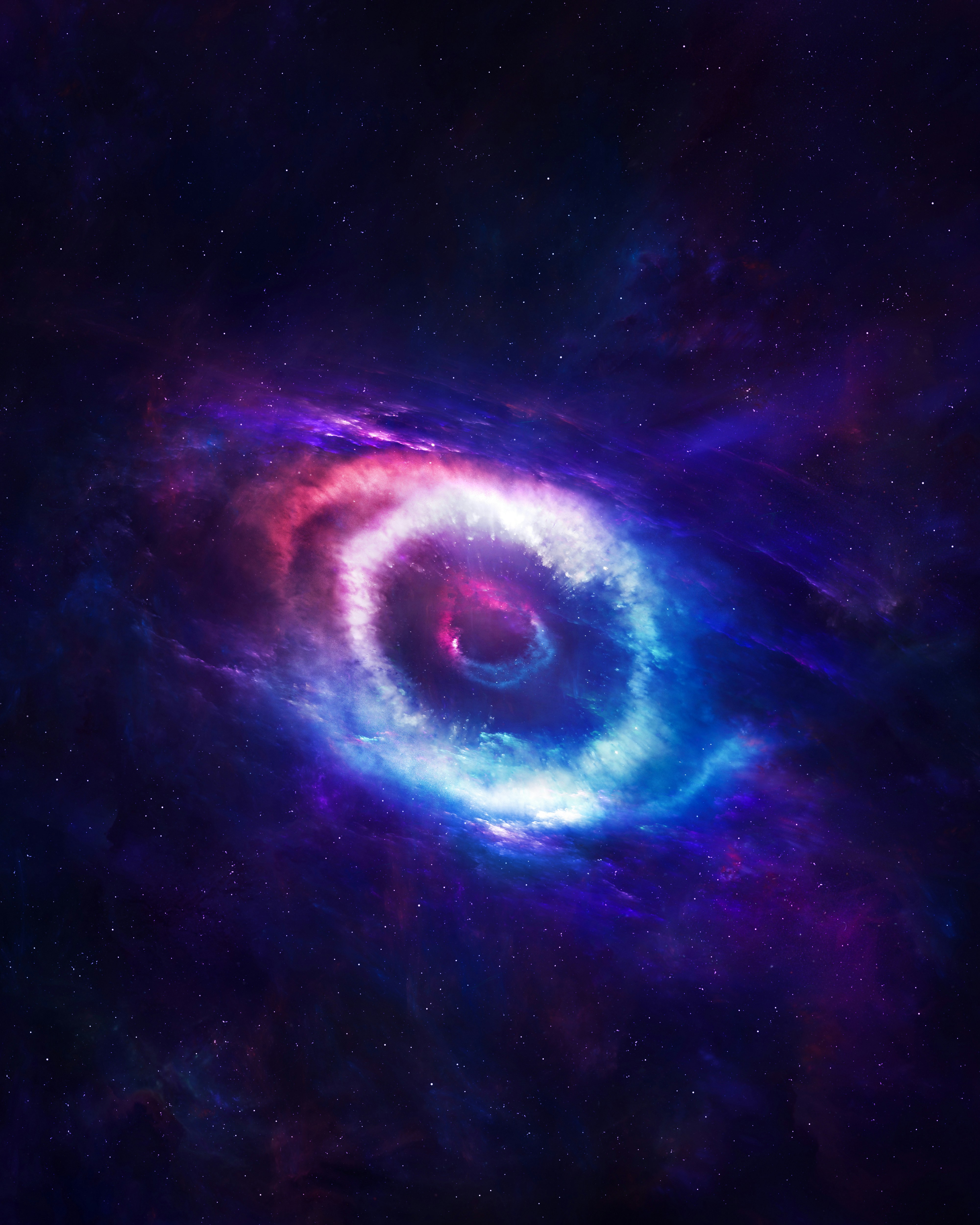Every so often, astronomy hands the media a shiny new discovery, and the media promptly rewraps it in a “we’re living in Star Trek” bow. The latest case? Reports that scientists have uncovered an “interstellar tunnel” near our solar system. Depending on which headline you clicked, you may have thought NASA was already preparing to send Teslas through it.
Reality check: the discovery is indeed very cool, but not in the warp-drive, wormhole-jumping sense. What astronomers actually mapped was a corridor of hot plasma inside the Local Hot Bubble, a vast cavity of low-density gas that surrounds our solar system. Think less “gateway to other worlds” and more “cosmic pothole left behind by exploding stars.”
Plasma Corridors ≠ Wormholes
Using the eRosita X-ray telescope, a team from the Max Planck Institute found channel-like structures extending toward the Centaurus and Canis Major constellations. Think of them as galactic plumbing: streams of charged particles carved out by ancient supernovae. Fascinating? Absolutely. Traversable? Only if your definition of travel includes being roasted, irradiated, and promptly shredded.
Meanwhile, a wormhole, the sci-fi darling, remains purely theoretical. These so-called Einstein-Rosen bridges are mathematical solutions to general relativity that might, in theory, fold spacetime like an origami swan. Unfortunately, they also require “exotic matter” with negative energy to stay open. Translation: physics demands a fuel source that doesn’t exist. Even if it did, any attempt to step through might collapse the wormhole faster than you can say “Oops.”
Why It Matters Anyway
The new plasma map matters because it reshapes our understanding of how the interstellar medium actually works. Instead of being a boring empty void, space turns out to be a tangled mess of cosmic backroads where stellar winds and cosmic rays hitch rides across the galaxy. This influences everything from star formation to the hazards astronauts would face on deep-space missions.
In other words, the discovery gives us better models of how the galaxy breathes and circulates energy. Just don’t expect it to shave a few light-years off your next interstellar holiday.
But About Wormholes…
Physicists still love wormholes, for thought experiments. They’ve been used to simulate information transfer on quantum computers and even help patch up inconsistencies in black hole physics. But as actual shortcuts to Centauri? Not happening. At best, they’re brilliant intellectual tools. At worst, they’re cosmic clickbait.
Final Word
So no, humanity hasn’t stumbled across a galactic subway system. What we have done is uncover a beautiful new detail about the structure of our cosmic neighbourhood. That might not make for a blockbuster headline, but it does make the universe even stranger and more dynamic than we thought, which is arguably better than yet another misused “warp speed” reference.
Sometimes science fiction should stay where it belongs, on your bookshelf, while science itself quietly out-weirds it.
